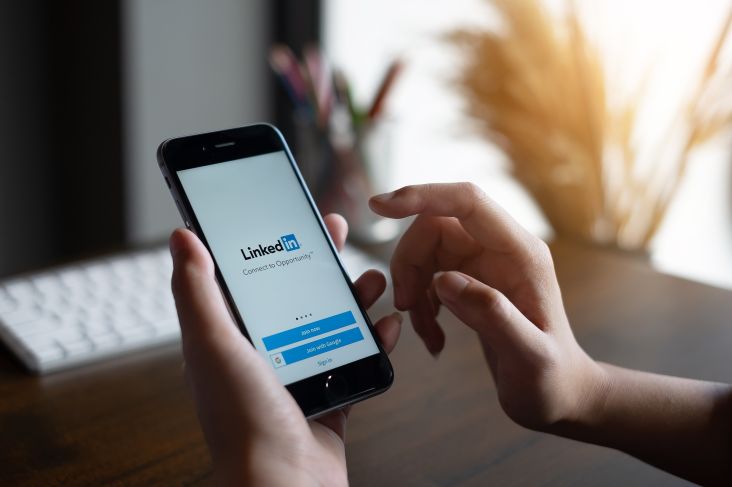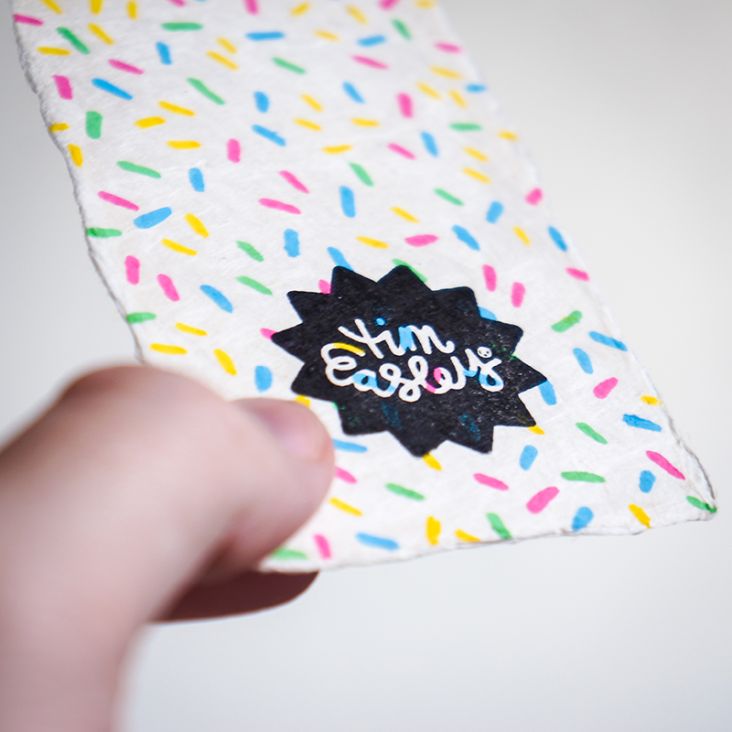How to write a killer proposal when you freelance
When it comes to proposals, you've got just one chance to impress a new client and ensure they hire you for the job, particularly when you're likely to be up against other freelancers, competing for the same work.

Image licensed via Adobe Stock
So with no room for sloppiness, how can you ensure your proposal is the best of the bunch and wins you that project? There are many ways to stand out from the crowd and be chosen for the job. Here are our top tips.
Do lots of research
If you've not bothered to do any homework before writing your proposal, it will be obvious. So research and research again. Find out the prospect client's strengths and weaknesses. Come up with original ideas that will help them improve and become a success.
Get a nice design
It's worth investing some cash into getting a graphic designer to design a template proposal that matches your branding. Something that you can edit and change yourself, and save as a PDF. It'll add that professional touch.
Keep things bespoke
Just because you've obtained a template design, it shouldn't mean you use a 'template' proposal where you tweak the copy to suit each new client vaguely. Treat each new proposal as a 'start from scratch'. The more effort you put in, the more chance you'll have of winning the work.
Leave your 'Introduction' until the end
Proposals aren't just about outlining the work involved; they're about selling yourself. But instead of beginning with some background on your business – focus instead on the client. Leave your company overview until the end. Only then can you talk about what you do and share your skills and expertise.
Create a 'Project Overview' or 'Executive Summary'
Once you've carried out your research, write a concise yet compelling 'project overview'. It's a chance to demonstrate your understanding of the project and your passion for helping them to achieve their goals. It should feature at the very start, and provide a summary of all the detail to follow.
Write 'Project Recommendations'
Be generous with your ideas. Show the client how innovative you are and how you're not afraid to get creative or stick your neck out. Suggest things that the client might not have considered. Be bold and show your expertise.
Keep copy conversational and easy to understand
Resist the temptation to write formal copy. Leave out any unnecessary jargon or 'business speak'. Write copy that lets your personality shine through. Using big fancy words isn't going to give you a better chance of winning – but keeping things clear, concise and friendly will.
Be honest
Don't make promises you can't keep as it will only come back to haunt you. It means if you say you can do something but can't, it will only lead to unhappy clients in future. Manage expectations from the very beginning.
Leave the cost until last
Once you've had a chance to share your ideas and sell yourself, you can reveal how much things will cost. Write: "The cost will be £X. It includes all necessary work outlined in this proposal." Make it clear what's included, and you'll cover your ass should any additional costs crop up in future.
Include payment terms
It's worth mentioning your payment terms after you've revealed your price. And outlining that your proposal cost is only valid for a certain amount of time. Write something like: "Please note: All prices are exclusive of VAT. Price is valid for 30 days from the date shown on the first page of this document. Payment terms are based on our standard 30-day requirement."
Add timescales
To manage client expectations, outline how long you think the project will take and how much notice you'll need to go ahead. So write something like: "The project will take between four-six weeks to complete. We will require two week’s notice before work can begin. It's so we can schedule the work accordingly."
Don't forget the legal stuff
At the end of every proposal, make sure you include something like "© Copyright in this document is the property of [NAME OF YOUR BUSINESS]. Information and ideas in this proposal are provided in complete confidence to [CLIENT NAME] and may not be forwarded to any third party without our prior consent."
One final check
Check spelling, grammar and layout of text. Double-check. Check once more. And then save your document and leave it for a day. Give yourself some time to think about it, because you might have missed something. Once you're happy, email the proposal to the client as an attached PDF. Keep things relaxed and encourage the client to call or email if they have any further questions. Good luck!




 by Tüpokompanii](https://www.creativeboom.com/upload/articles/58/58684538770fb5b428dc1882f7a732f153500153_732.jpg)


 using <a href="https://www.ohnotype.co/fonts/obviously" target="_blank">Obviously</a> by Oh No Type Co., Art Director, Brand & Creative—Spotify](https://www.creativeboom.com/upload/articles/6e/6ed31eddc26fa563f213fc76d6993dab9231ffe4_732.jpg)
















